Non Architecture competitions is an initiative pointed at finding and bringing forward these valuable alternative proposals. It practically consists in a series of nine competitions, organized in a time frame of three years. All competitions have their focus on finding innovative approaches to a specific architecture topic, always related to a functional issue. Emphasis is always pointed to non-traditional, and therefore non-architectural approaches to the architect’s work.
The aim of the “Showing” competition was to develop a design proposal for the museum typology, intended as a place of display for objects and/or concepts of interest. It was asked to the participants to create innovative and unconventional projects on this theme, questioning the very basis of the notion of museums.
The scale of intervention, program dimensions and location were not given and they could be arranged by the participants to better suit their project.
The Jury, composed by Hector Garcia-Castrillo, Architect, BIG | Bjarke Ingels Group, William Lewis, Associate, RA, SHoP Architects and Chiara Tonelli, Professor of Architecture, Roma Tre University selected 3 winners and 9 honorable mentions from more than 160 subscribers.
“Showing” competition was the fourth of a series of nine competitions, oriented at pushing architects and designers to rethink traditional architectural typologies.
Winners
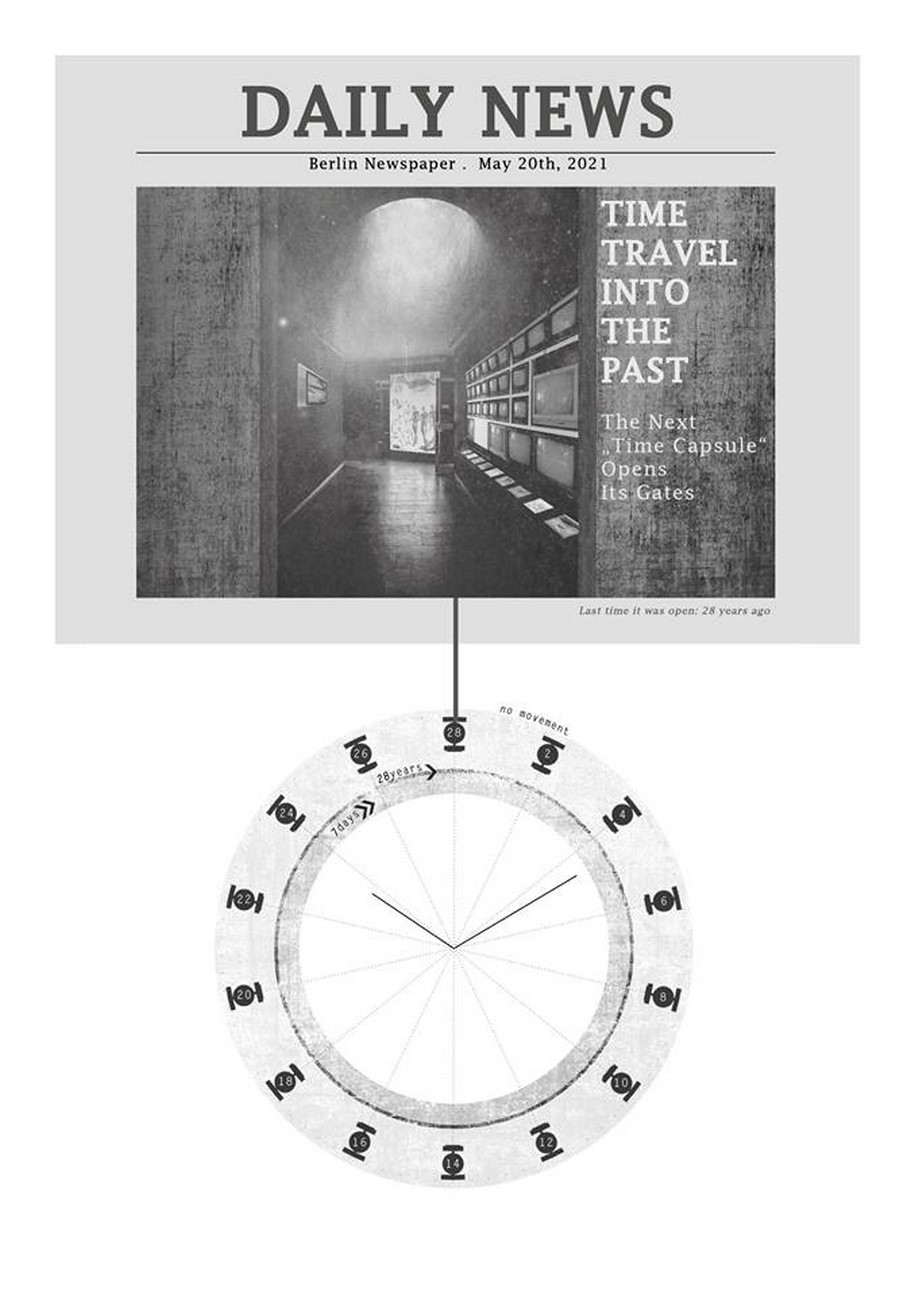
“Berlin, 2020: Another time capsule opens its gates and reveals an abandoned exhibition”, a possible title for a future newspaper article related to the project. The idea is quite simple: A building that functions like an eternal architectural clockwork and permanently rotates.
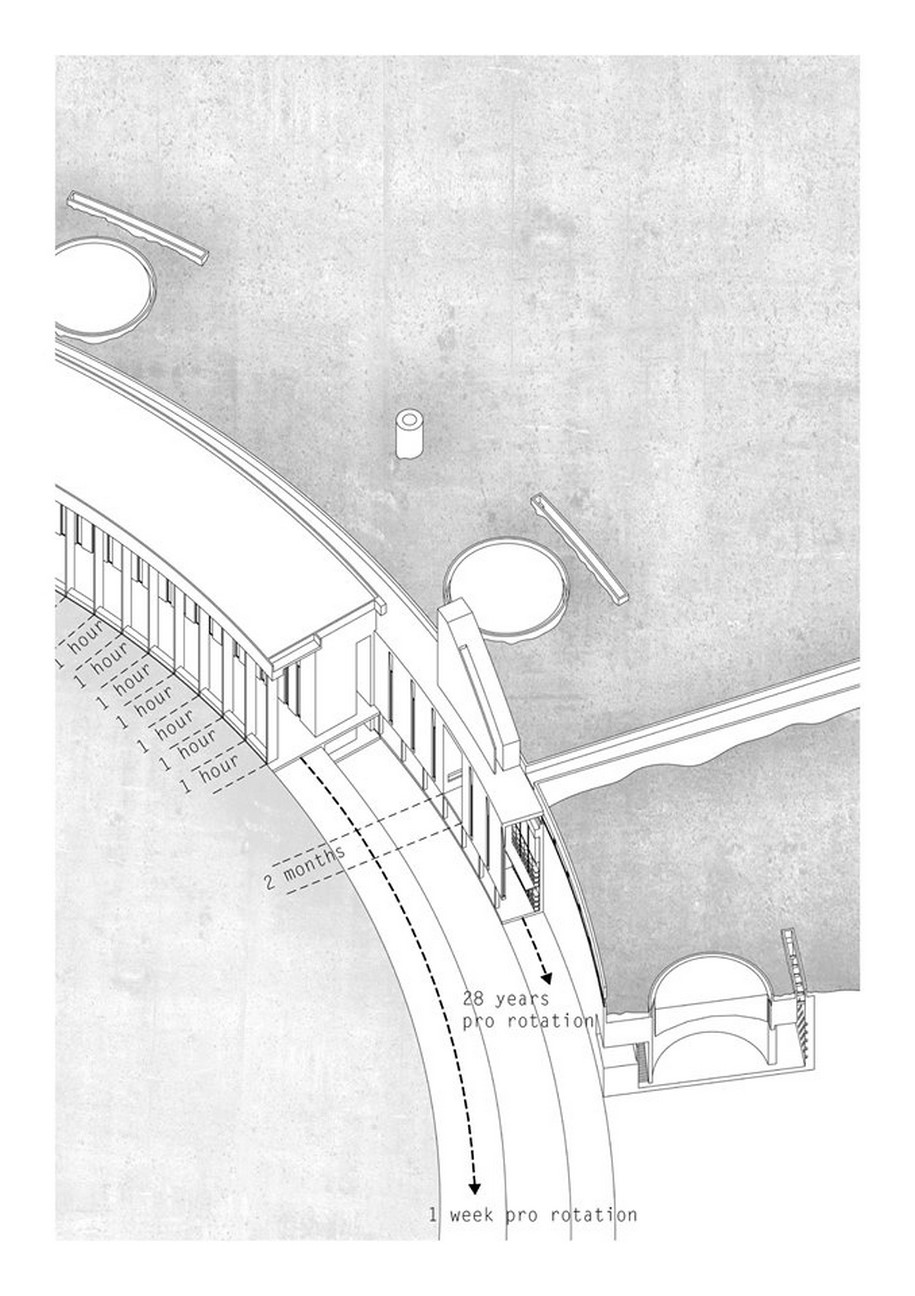
Samuel Schubert and Philipp Seitz chose the abandoned former border to West-Berlin as a suitable site location.
The building consists of three rings: an outer ring with fixed underground rooms and two inner
architectural rings that are constantly rotating in the same direction with different speeds.
Very slowly – The middle ring takes 28 years (the time of existence of the GDR wall) for one whole rotation; the inner one only needs one week.
Every two years, the openings in each ring happen to overlap, so that one room at a time can be entered for a few months and after that will be closed again for another 28 years.
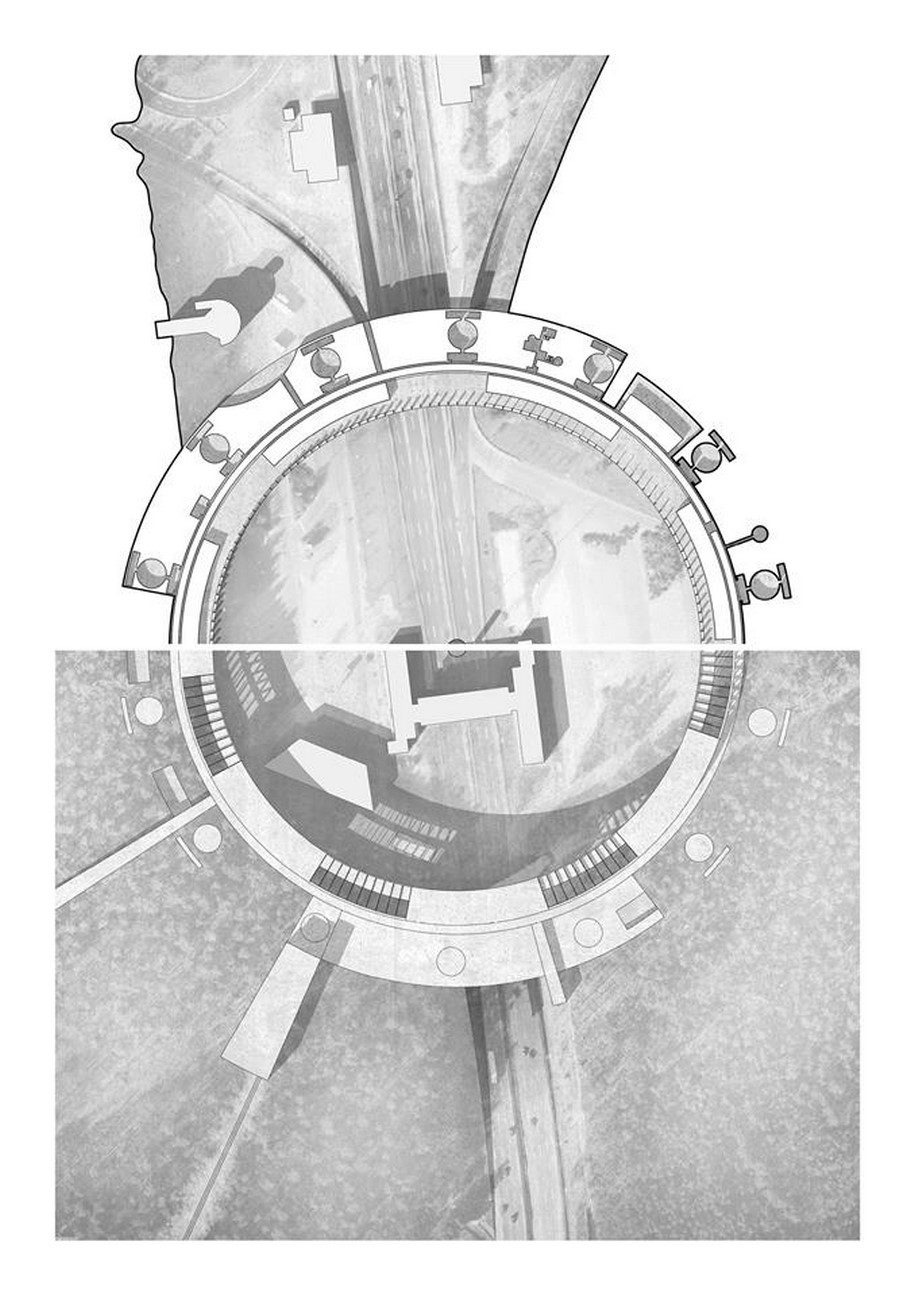
These rooms work as walkable time capsule-museums. It`s all about the moment when it opens and people can encounter a different time layer in an exhibition that had been installed almost three centuries ago and was abandoned and its content unknown until then.
Before it closes again, an exhibition will be set up for the next time it opens.
TEAM: Samuel Schubert, Philipp Seitz
SELECTED BY: William Lewis
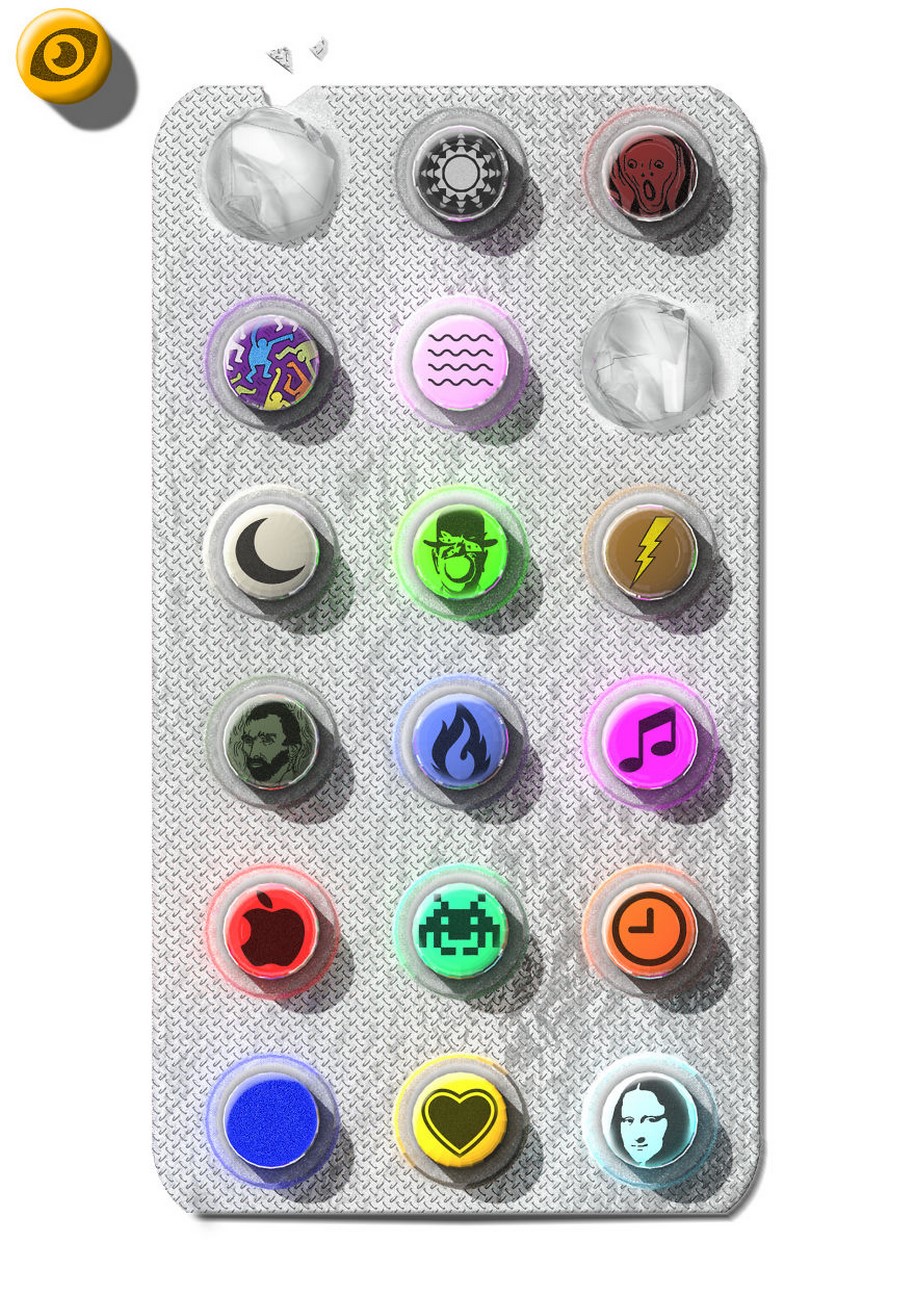
Something Else
Museum. A place where fragments of the world are displayed that creates a specific emotionnal condition. A place where all these fragments make sense through the spectator experience. Imagination is the real museum. Isn’t the space of current museums the limit of imagination ? A place where you do not have the choice to see what you want, and in which you wander, full of hope, expecting to find something that will transcend you just for a moment.
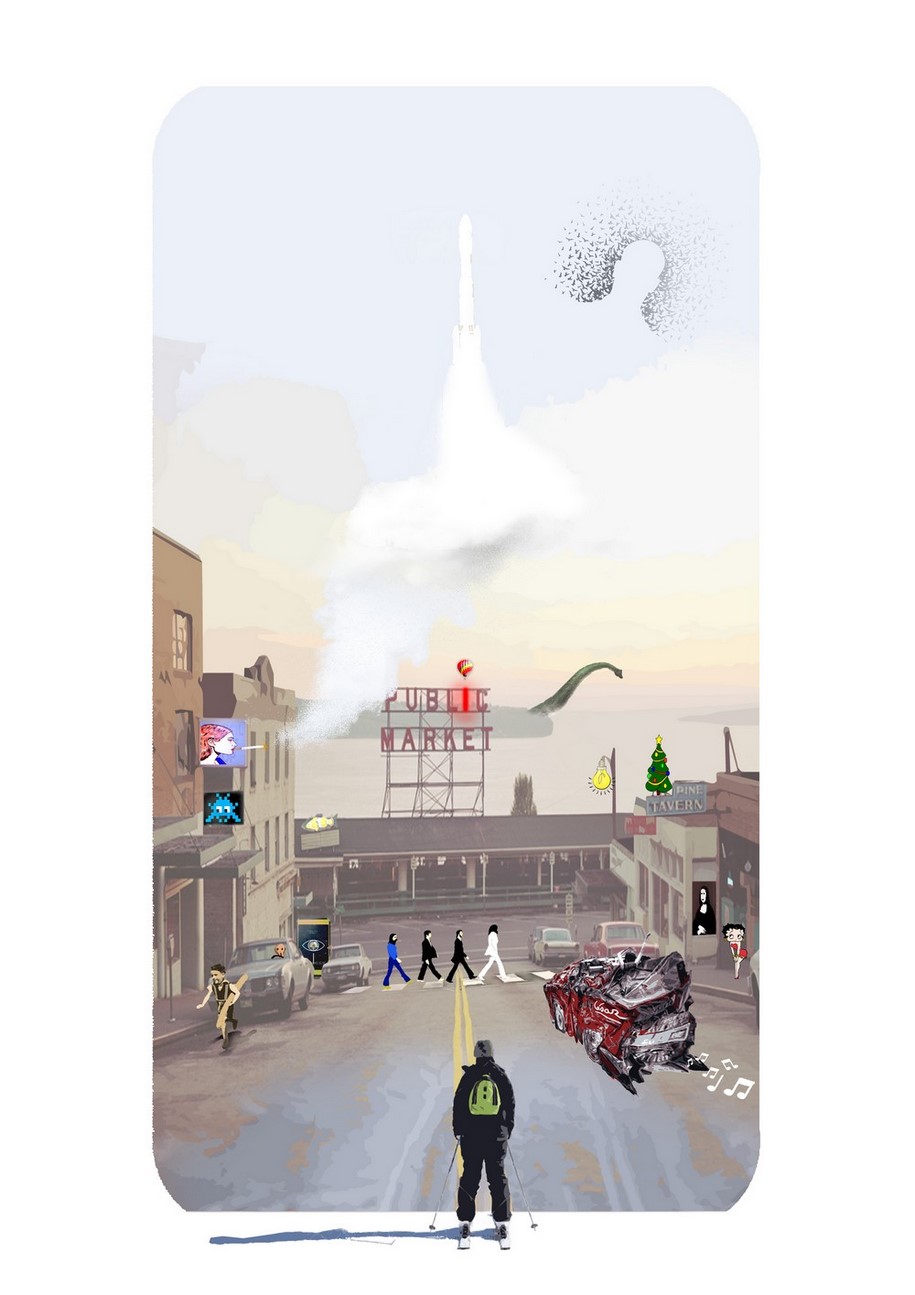
What if this experience becomes unlimited ? Without any notion of space. Without any concept of time. Just focusing on your own emotion. Maybe the solution is just in your pocket. A solution that you are walking with all the time. A little pill which that free your mind of all the preexisting ideas. A little pill that will enhance your experience of your own life. A little pill that will be with you all the time in case you need to update your sensibility again. Just by seeing, touching, feeling the taste, you will reborn.
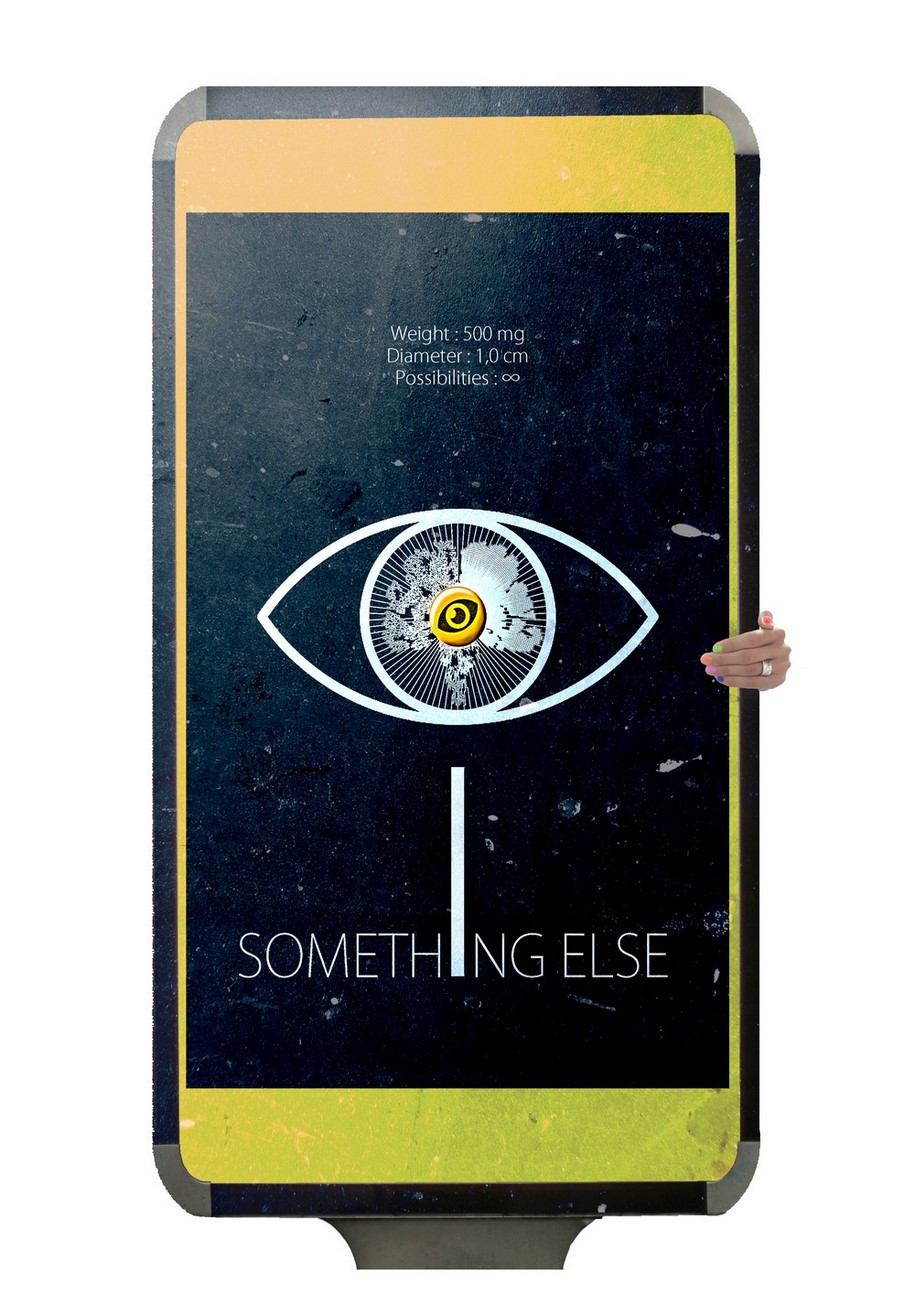
The trip is not the museum anymore. The trip is your whole life. But maybe everything began, before you eat anything. Be high, take i.
TEAM: Massotte Julien, Pitruzzella Jordan – French – INSA Strasbourg, ENSA Strasbourg
SELECTED BY: Hector Garcia-Castrillo
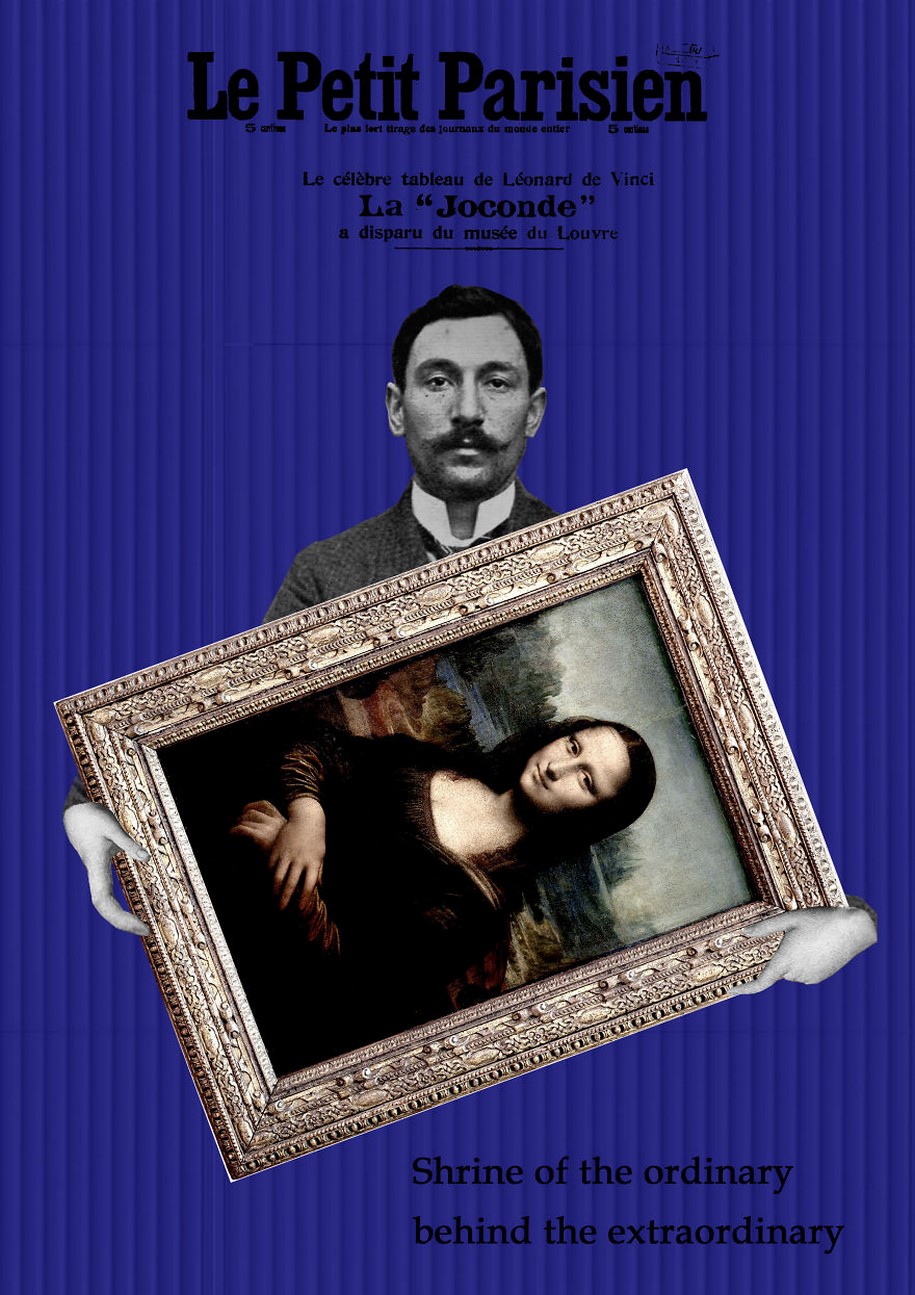
Welcome to the Shrine of the ordinary behind the extraordinary.
Our exhibition is held from a historical critique, who posesses the common objects of common people that were involved the big masterpieces, or eventually even witnesses that know personally the people narrated.
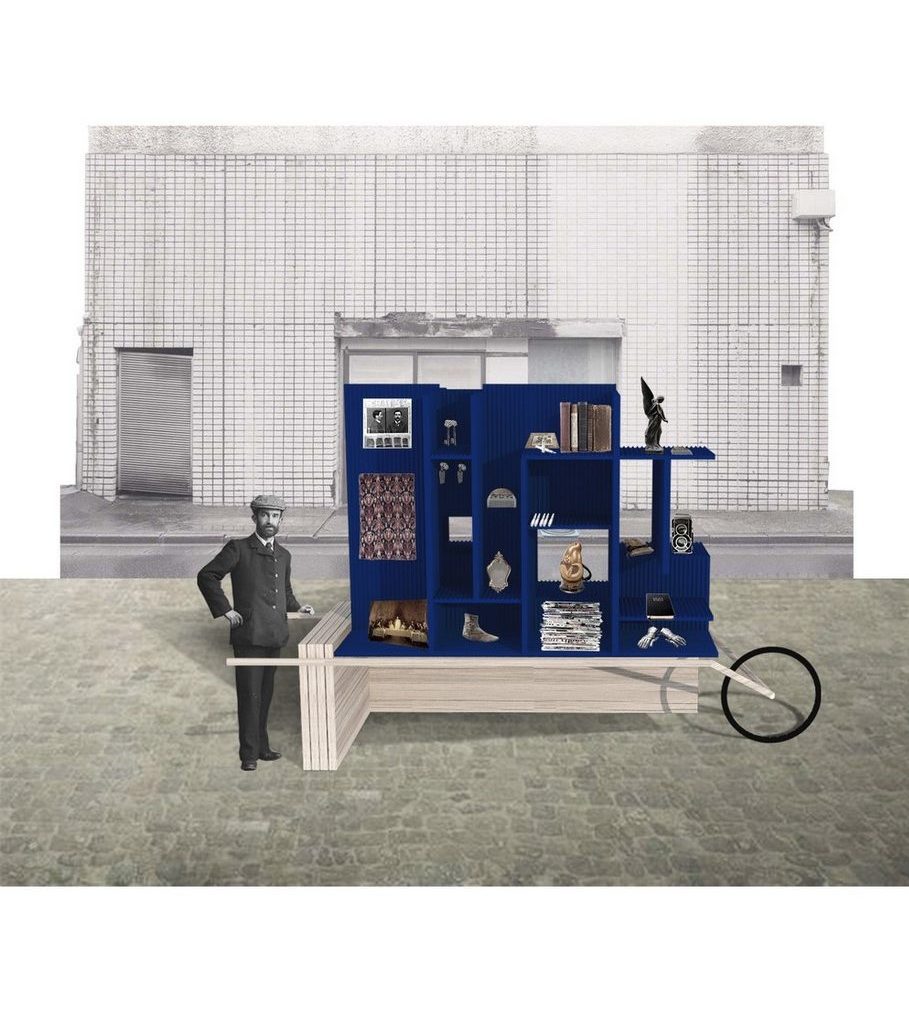
Considering how small you might feel reading long texts of explanation about the art pieces in museums, that might also end up on the back burner, have a look instead at ordinary signs, memoires, and objects that made the art that today is priceless and that could be also you.
You will have chance to see the comb that the prisoner in the medieval Milano, both Jesus’ and Judas’ face in the Last Supper, had used in jail..The studio key that the Italian carpenter, who stole Mona Lisa, had used to enter his studio.
Take your time in digging into the curiosities carried from our collector and you will avoid deviations caused by the media hype.
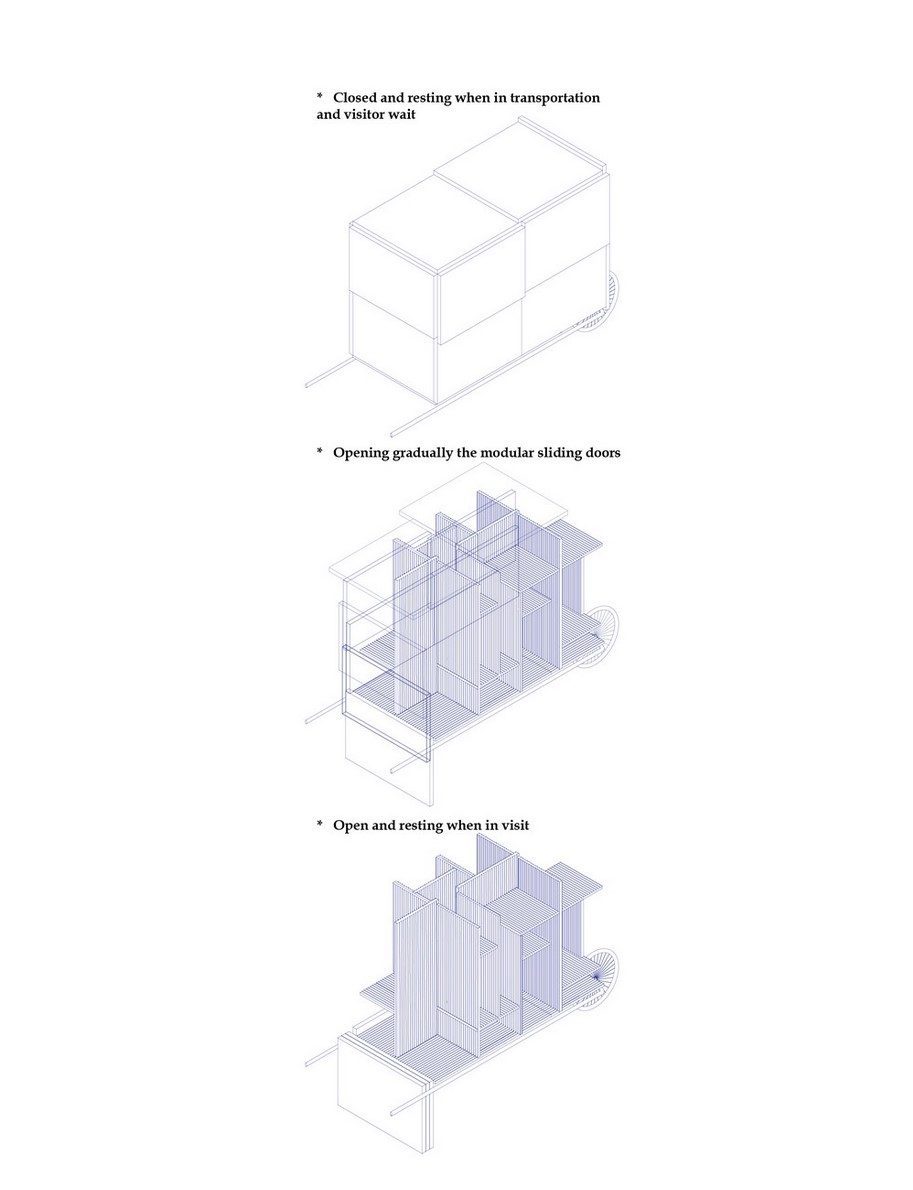
Our wandering shrine, a labyrinth of small spaces, compacted in one wagon, designed to keep and show the precious and the secret.
Hopefully this journey will arouse your feeling that there is actually no segregation of the art world from you.
TEAM: Inci Lize Ogun
SELECTED BY: CHIARA TONELLI
Honorable mentions
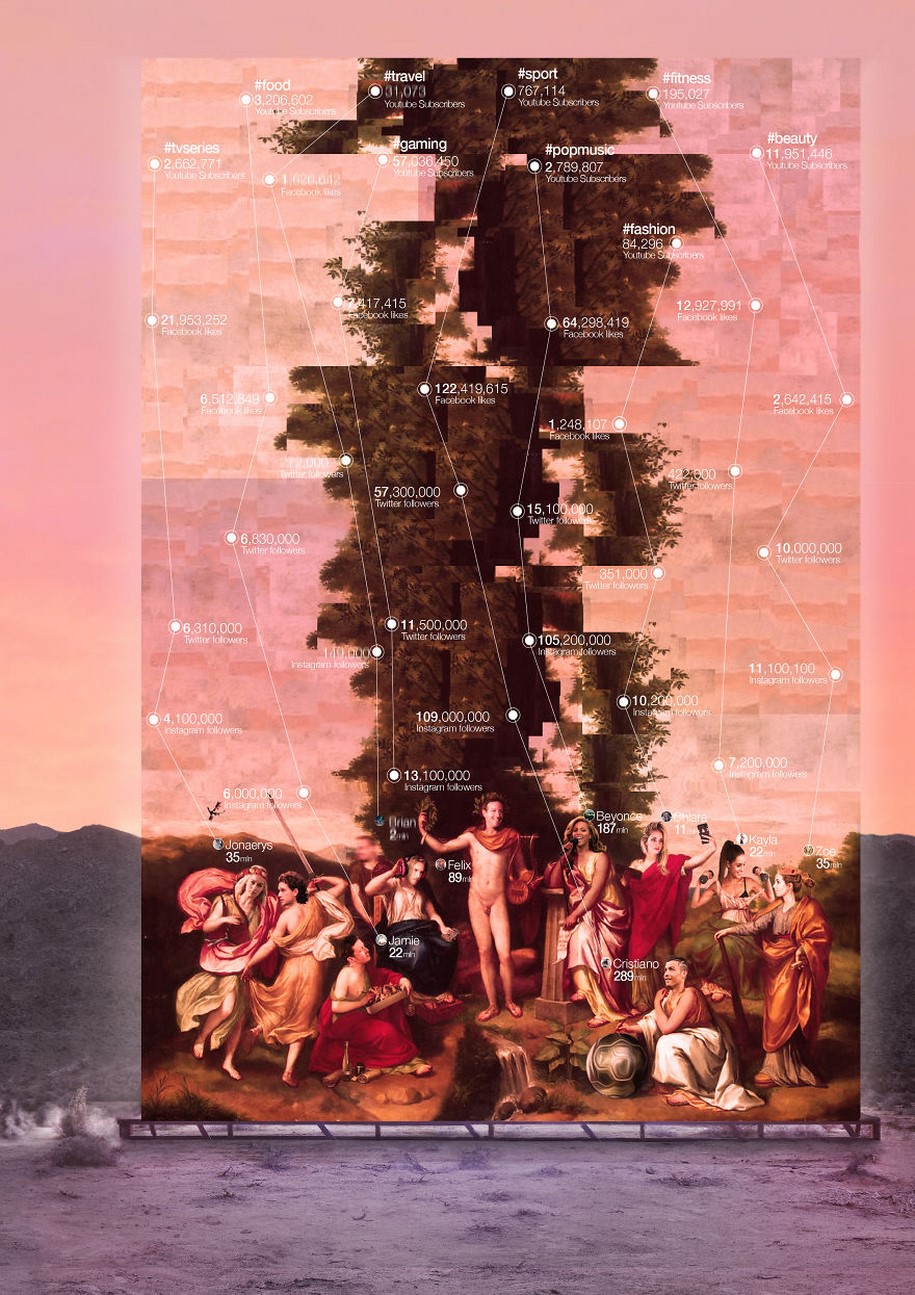
Nine new Muses conquer Parnassus every three seconds. The law of scroll and tap shapes the museum. And you are in charge.
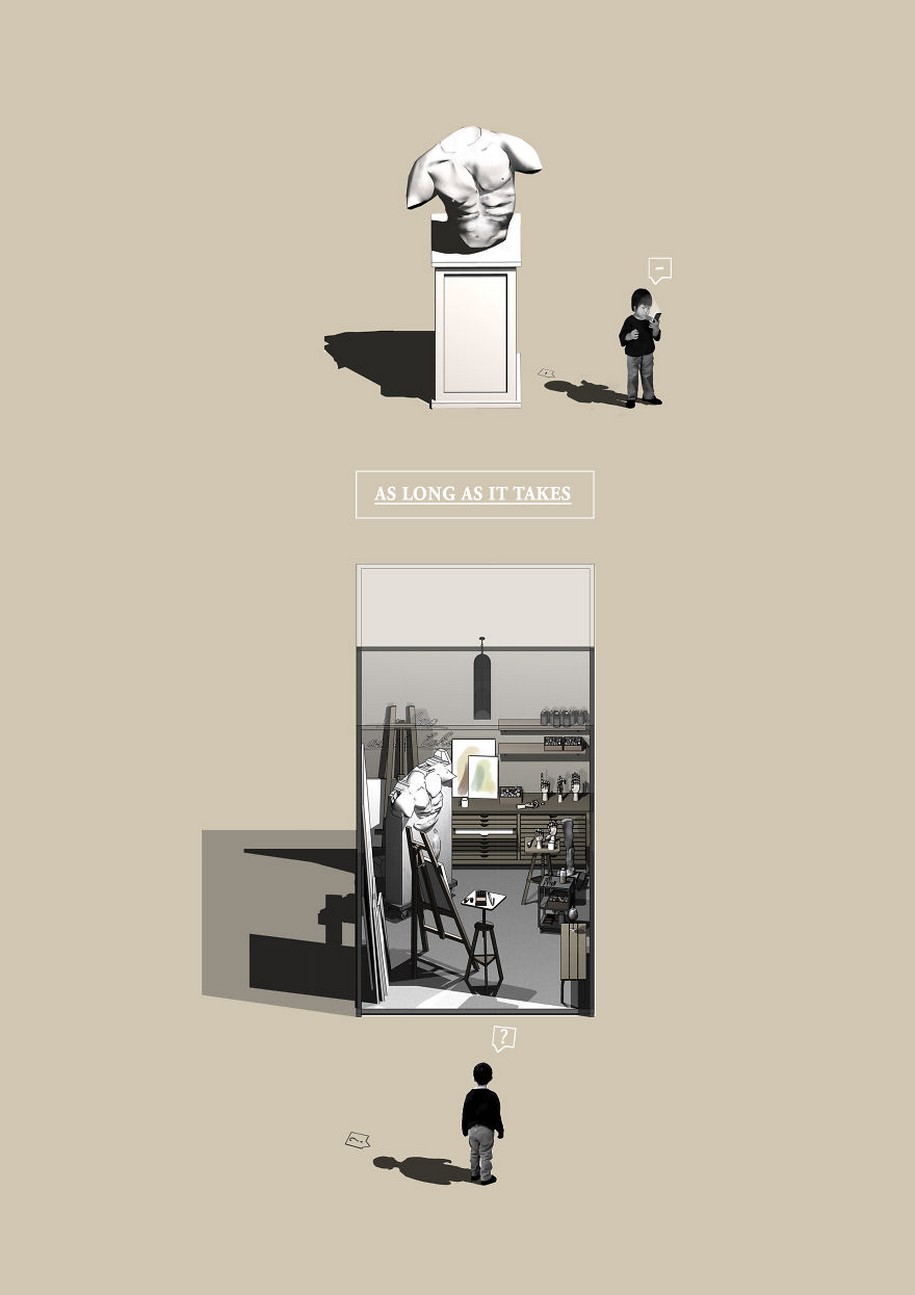
Taking a wide perspective of what we define as art, the proposal is made up of a series of enclosed studios, workshops and creative spaces, frozen in time and contained within a living pavilion.
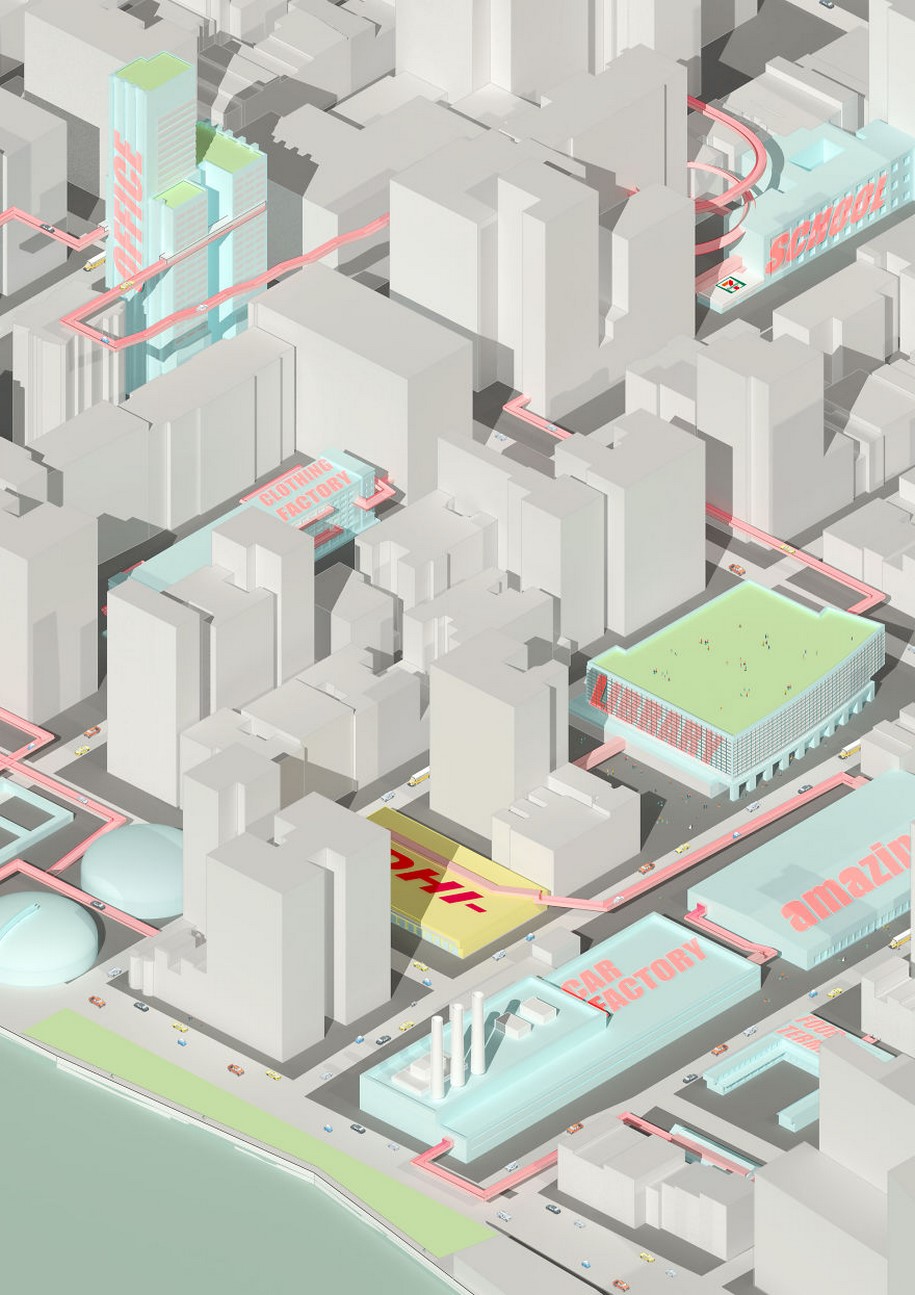
Exhibit: City turns the entire urban city into a museum. Departing from the idea of a single monumental museum, multiple buildings within the city become activated and opened to become museum exhibits.
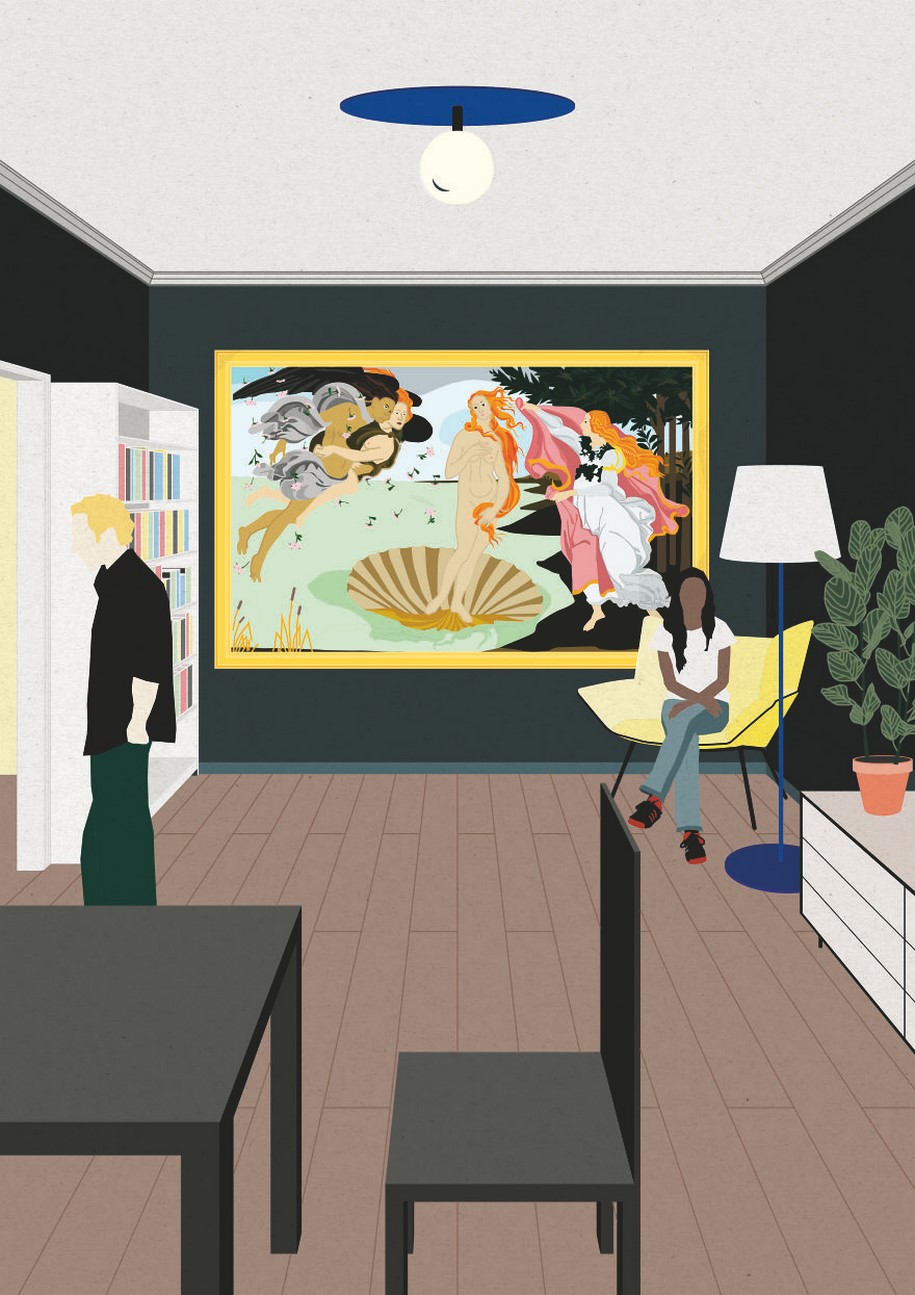
Public Domain proposes a system that disrupts the common way of viewing art. A system in which one can borrow a piece of art and admire it for a limited amount of time in their own home.
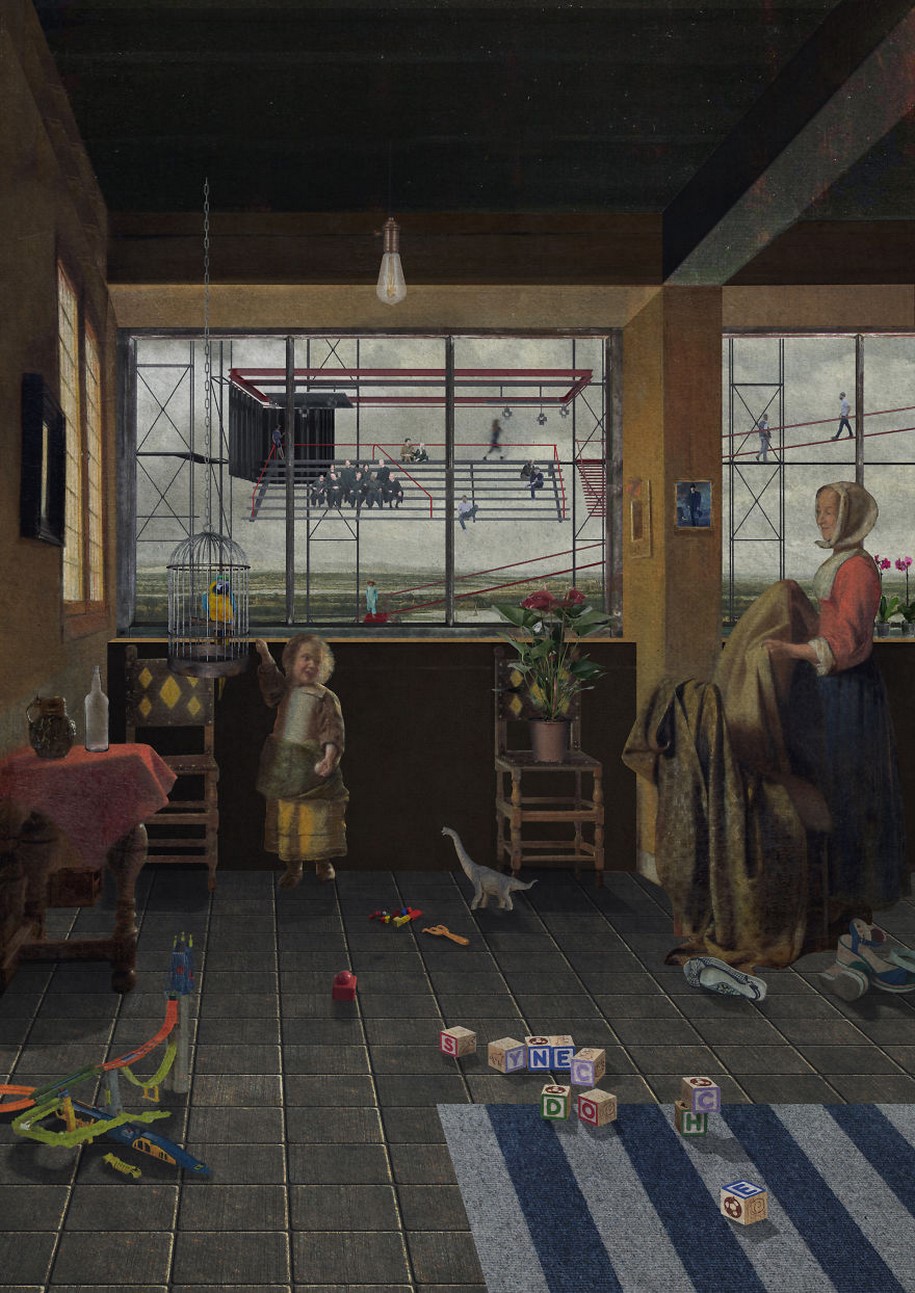
An itinerant museum that can be adapted by different agents, whose collection is perpetually changing. The heritage of the museum of ordinary life is the domestic landscape. It is manifested in the intimate experience that is recognizing each other as intuitively creative entities.
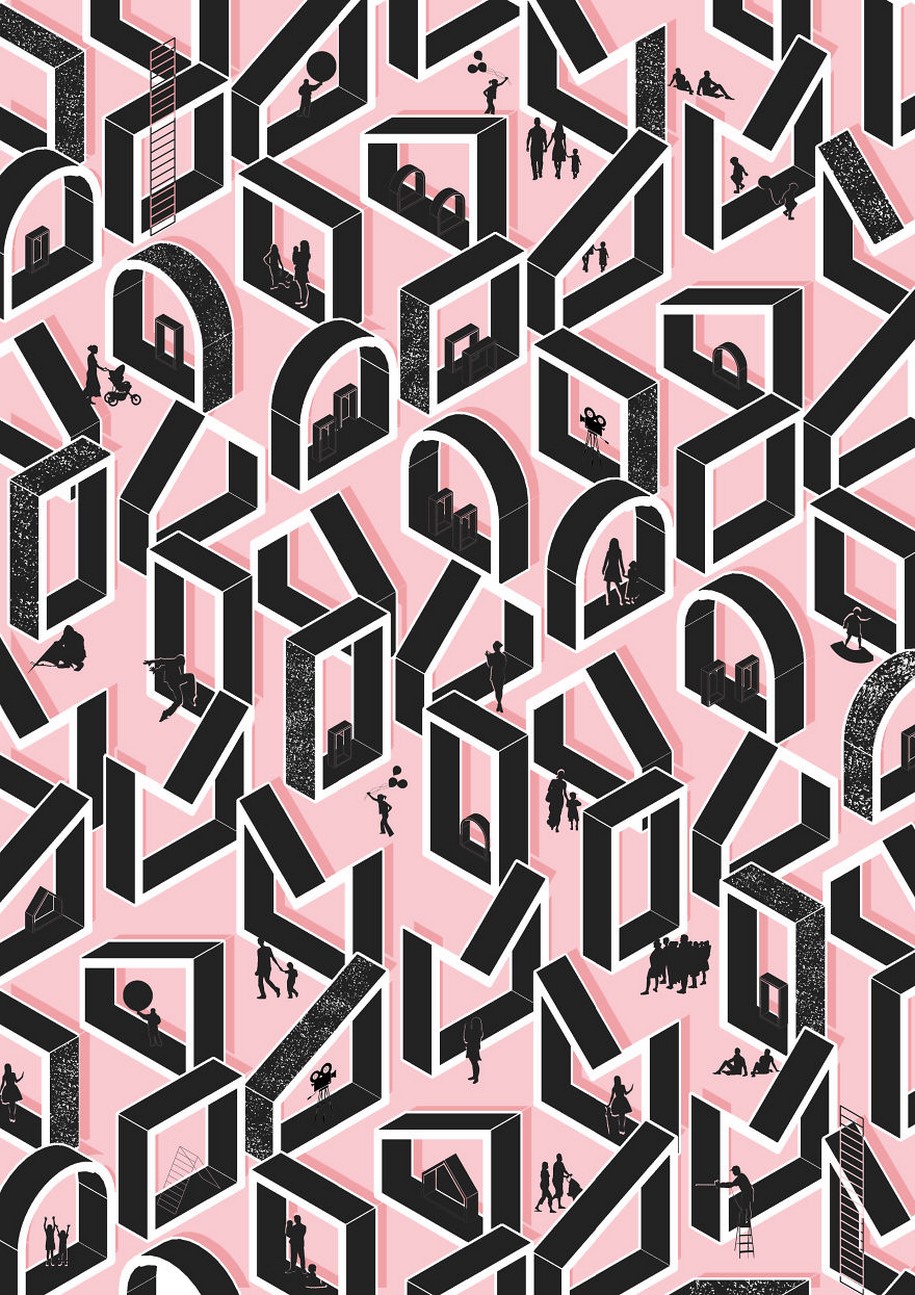
Muse-Ummm is unsettled museum located in Zaatari refugee camp in Jordan. It aims to create spaces in which new trajectories of the future can be conceived in refugee camps, by proposing simple structures and using duplicate and rotate method to build the museum multifunctional and nomadic spaces.
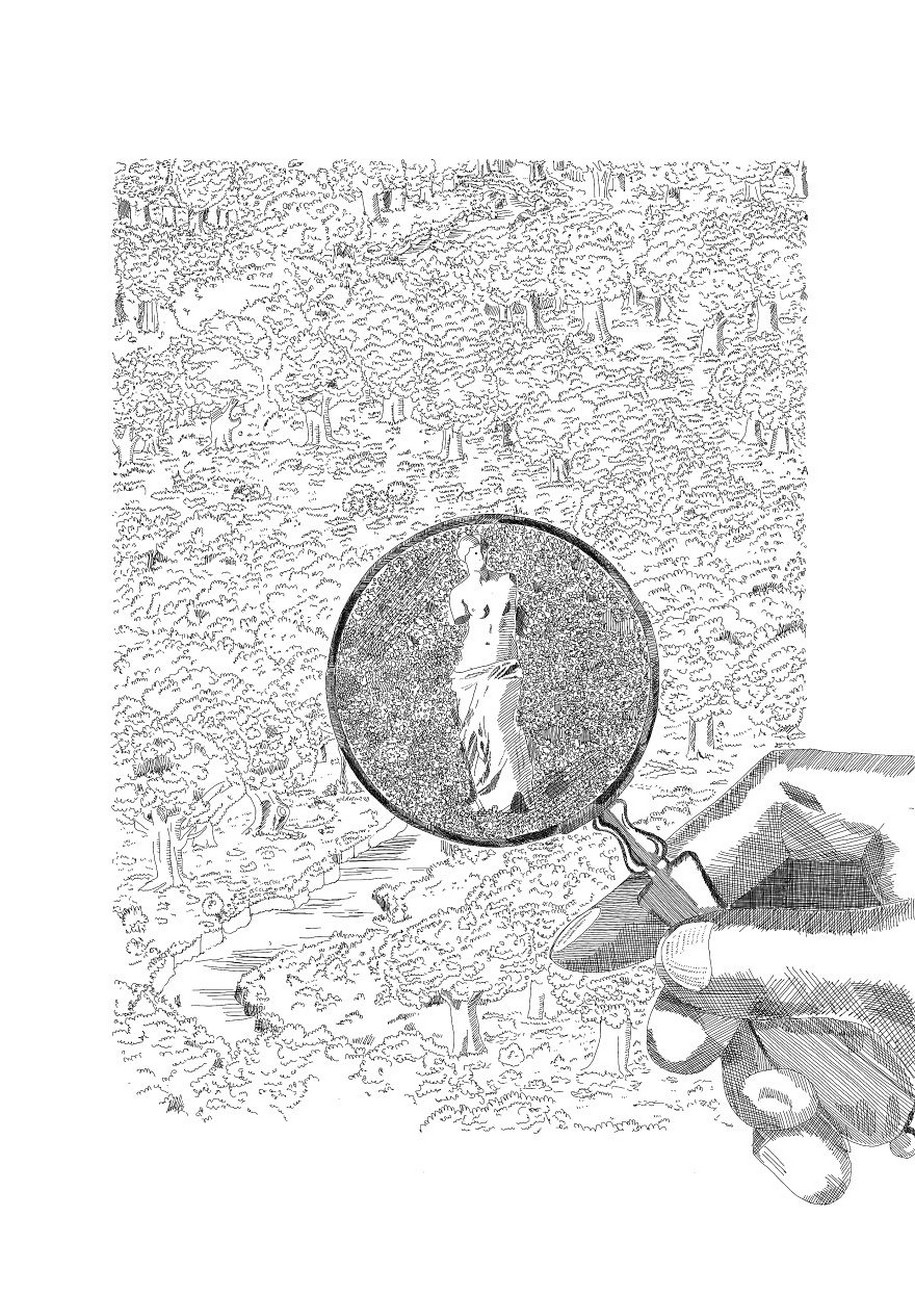
Proposing a journey to discover the art. My goal is to create a path, a labyrinth without walls. Wandering with a map, to find the unknown. You don’t know what will you discover and which work of art you will see. The paths will lead the viewer to the work. The search will become an adventure.
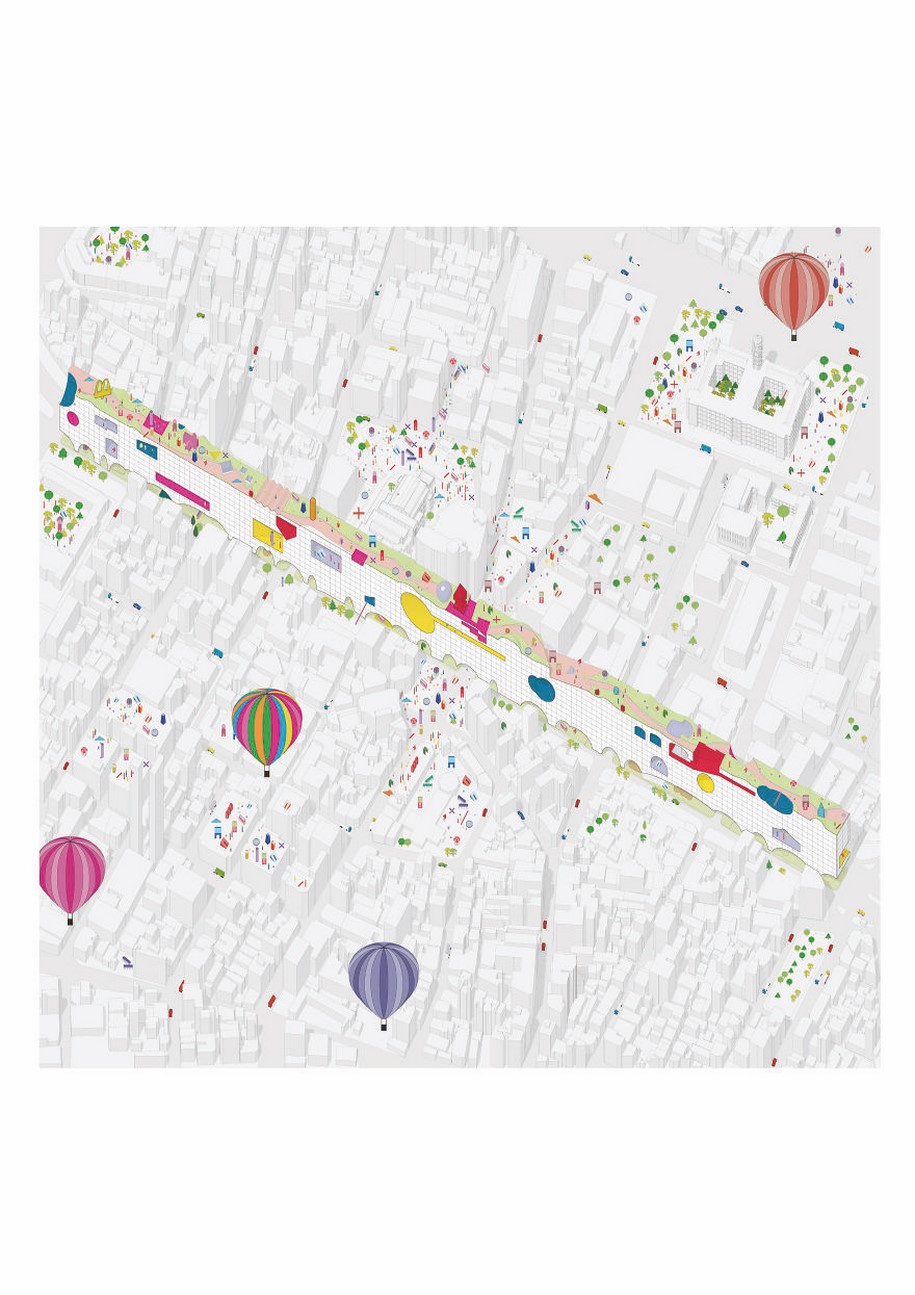
The Garden of Forking Paths refers to Jorge Luis Borges’ brilliant short story of the same name. The Garden of Forking Paths can be seen as a museum without serious exhibition spaces. But unlike any museums, people don’t need to worry about gaining education, studying seriously of the “exhibits” here; instead, it is a place to relax where people live their lives.
New Non Architecture Competitions Open Call: EATING – Alternative Designs for Restaurants! Read more here
Subscription fee discounts: 20% discount to whoever will use as coupon code: ARCHISEARCH
READ ALSO: REMEMBERED LIGHT: CY TWOMBLY IN LEXINGTON - Sally Mann | Gagosian Gallery, Athens